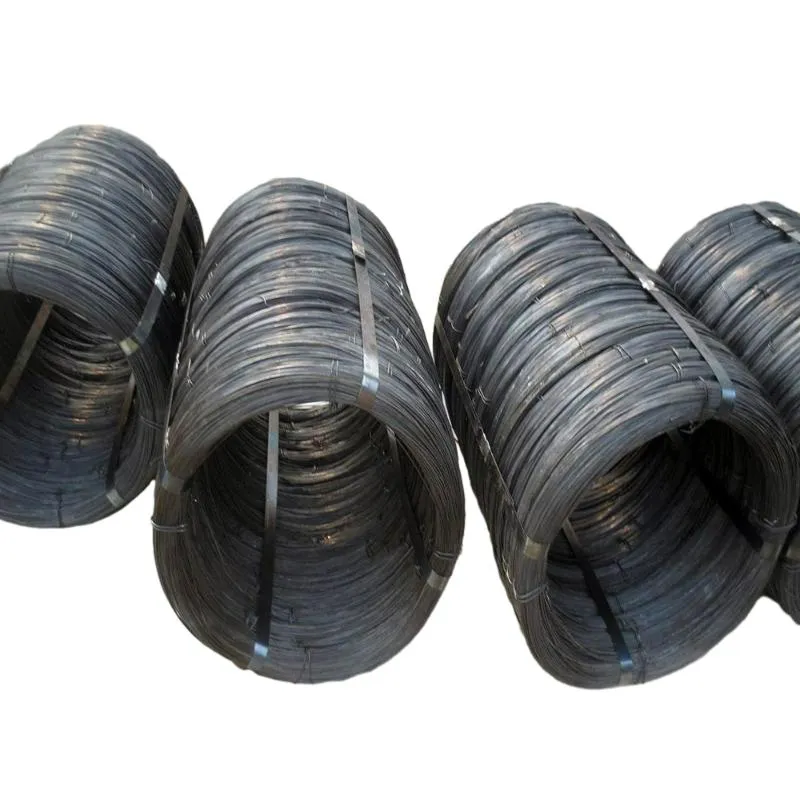
- Mobile Phone
- +8613931874955
- sales@cntcmetal.com
conical extension spring
Understanding Conical Extension Springs Design and Applications
Conical extension springs are specialized mechanical components designed to store and release energy through the principles of tension and elasticity. Unlike conventional cylindrical springs, conical extension springs feature a tapered shape, which allows them to effectively manage space and provide unique mechanical advantages in various applications.
Design Characteristics
The defining feature of a conical extension spring is its conical geometry, which means it is wider at one end and gradually narrows at the other. This design is not merely aesthetic; it serves several functional purposes. The tapered shape allows for a compact design, which can be essential in environments with spatial constraints. Additionally, the conical formation ensures that the load distribution is more even along the spring, which can help improve durability and resistance to wear over time.
Made typically from high-carbon steel or stainless steel, conical extension springs are engineered to endure both axial loads and tensile stress. Their design features also benefit from various surface treatments, including galvanization and powder coating, which enhance their resistance to corrosion, making them suitable for outdoor or industrial applications.
Operating Principles
Conical extension springs operate on Hooke's Law, where the force exerted by the spring is proportional to its extension or compression. The unique conical shape allows these springs to handle force differently than their cylindrical counterparts. When stretched, the coils of the spring pull away from each other more gradually due to the conical shape, which can allow for smoother operation and less abrupt force changes.
This gradual stretching can be particularly beneficial in applications requiring controlled motion or gradual energy release, such as in automotive suspensions or complex machinery where timing and precision are critical
.Applications
conical extension spring

The versatility of conical extension springs makes them suitable for a wide range of applications across various industries. Common uses include
1. Automotive Components In vehicle suspensions, conical extension springs provide a balance between comfort and performance by absorbing shocks and maintaining alignment during motion.
2. Industrial Machinery These springs are found in machines that require consistent tension, such as in conveyor belts or assembly lines, where smooth and reliable operation is essential.
3. Furniture Within adjustable furniture, conical springs can enable smooth transitions, allowing pieces to change form or height fluidly, enhancing user experience.
4. Aerospace Their lightweight and strong characteristics suit them for use in aircraft components, where weight reduction is crucial alongside the need for durability and reliability.
5. Consumer Electronics In devices ranging from printers to gaming controllers, conical extension springs provide the necessary force for buttons and other mechanisms to function correctly.
Conclusion
Conical extension springs are an exemplary showcase of how innovative engineering can lead to practical solutions in mechanical design. Their unique shape not only enhances their functionality but also opens up a world of possibilities across diverse sectors. As technology continues to evolve, the applications and efficiencies of conical extension springs are likely to expand even further, solidifying their integral role in modern machinery and design. Understanding their mechanics and applications is essential for engineers and designers looking to leverage their unique properties effectively.
share:
-
Yard Sign Stakes: Reliable Guardians of Outdoor SignsNewsAug.04,2025
-
Wall Ties: Invisible Guardians of Building StabilityNewsAug.04,2025
-
Resilient Web: The Super Guardian Power of Concrete MeshNewsAug.04,2025
-
Masonry Accessories: A versatile assistant on building foundationsNewsAug.04,2025
-
Iron Binding Wire: the 'invisible reinforcement specialist' in the fields of architecture and industryNewsAug.04,2025
-
Dynamic Spring: The diverse functions and excellent performance of Wire Tension SpringNewsAug.04,2025
-
Your Source for Concrete Wall Ties and Masonry AccessoriesNewsJul.10,2025



















